The Hands of Cowboy Red
March 23, 2018When my father sucked in and released his last hyphenated breath, I was holding his weightless hands, trying to make them warm. He was old. He had cirrhosis of the liver, an abdominal aortal aneurysm…
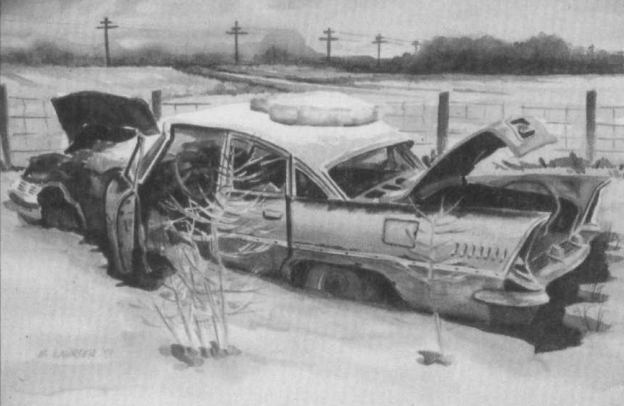
When my father sucked in and released his last hyphenated breath, I was holding his weightless hands, trying to make them warm. He was old. He had cirrhosis of the liver, an abdominal aortal aneurysm…
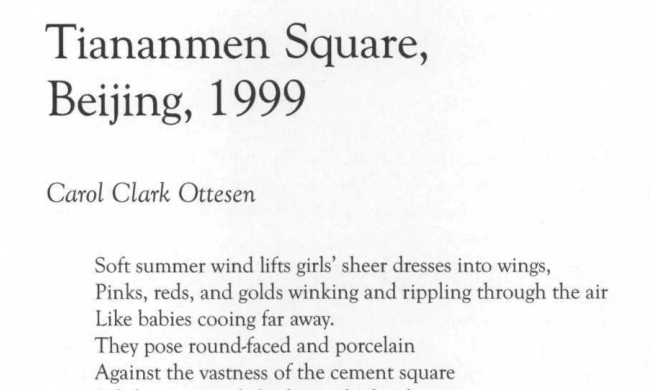
Soft summer wind lifts girls’ sheer dresses into wings,
Pinks, reds, and golds winking and rippling through the air
Like babies cooing far away.
They pose round-faced and porcelain
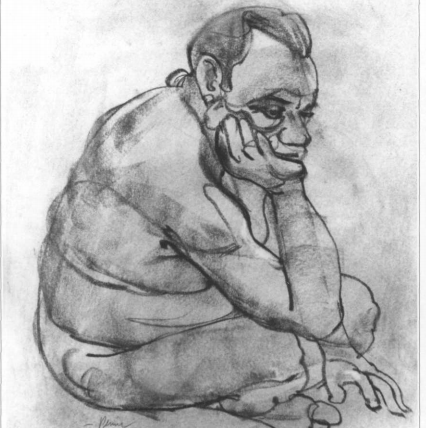
In my dream, people mill at a fair, trying things they’ve never before done. There’s horseback riding on flashy steeds and archery with brightly fletched arrows. At the fair’s farthermost edge, wings rest upon the…
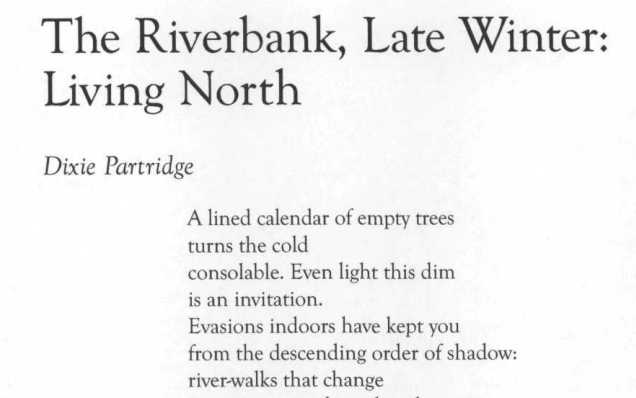
A lined calendar of empty trees
turns the cold
consolable. Even light this dim
is an invitation.

Winter already edging down
from mountain passes, I walk past
our first town cemetery, filled with upright
markers and gold-red trees.
It’s had no vacancies for years.
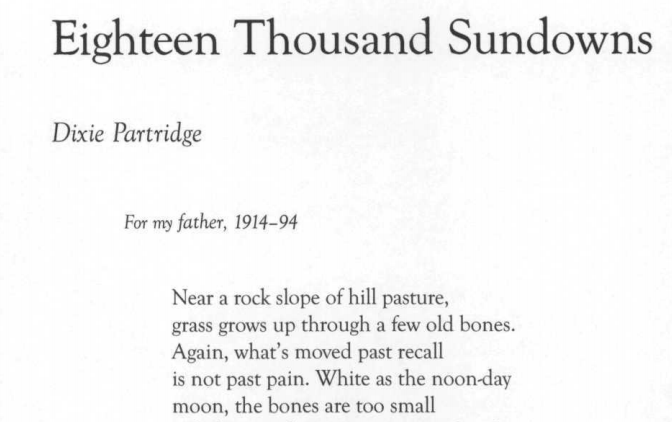
Near a rock slope of hill pasture,
grass grows up through a few old bones.
Again, what’s moved past recall
is not past pain. White as the noon-day

On the wood porch I awake
to no sound, but a sense of some change:
light falls across an arm and
I pull back into darkness.
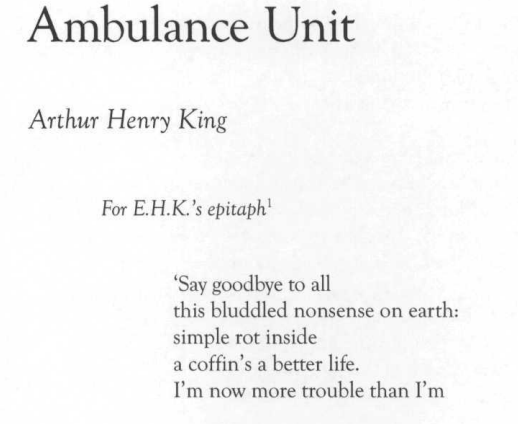
‘Say goodbye to all
this bluddled nonsense on earth:
simple rot inside
a coffin’s a better life.
I’m now more trouble than I’m
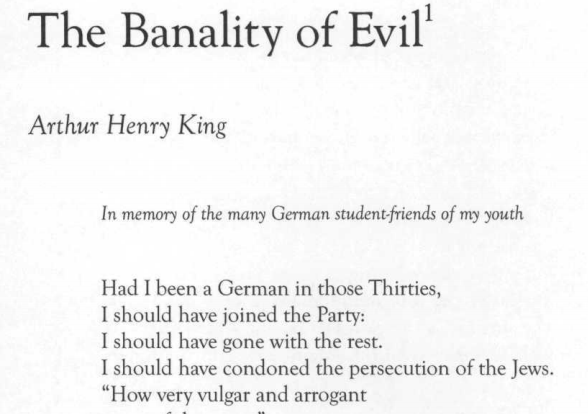
Had I been a German in those Thirties,
I should have joined the Party:
I should have gone with the rest.
I should have condoned the persecution of the Jews.
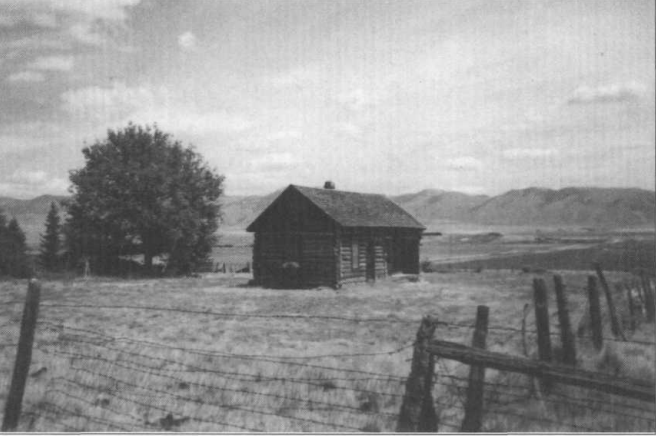
Tongues of fire. All attentive persons within traditions that accept the New Testament are at least familiar with the phrase. Certainly I remember it from childhood when I celebrated the Feast of Pentecost as an Episcopalian, although I cannot recall any personal meaning it held for me. But later, as a Catholic, I realized through my own experience that this ancient spiritual gift is still bestowed. And now, as a Mormon, I can easily identify with pioneer accounts of its appearance among Saints who so richly received revelations and manifestations of the Spirit.